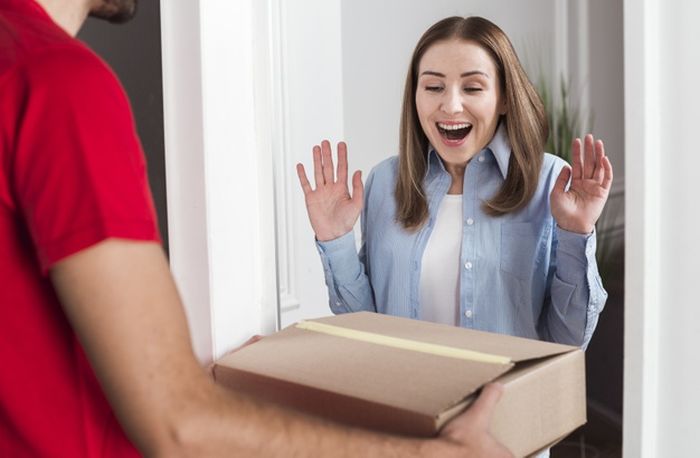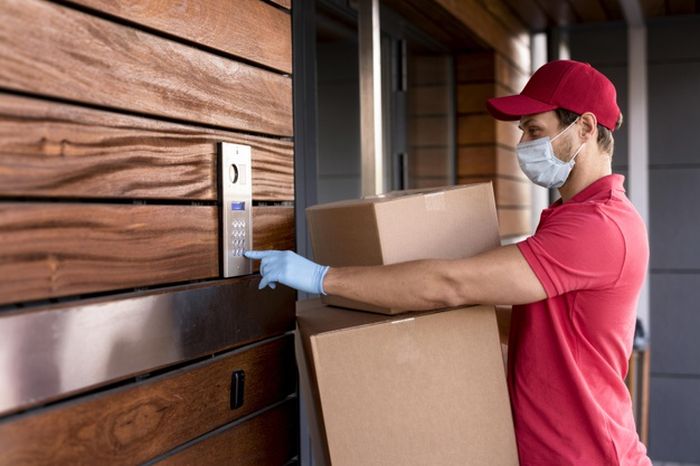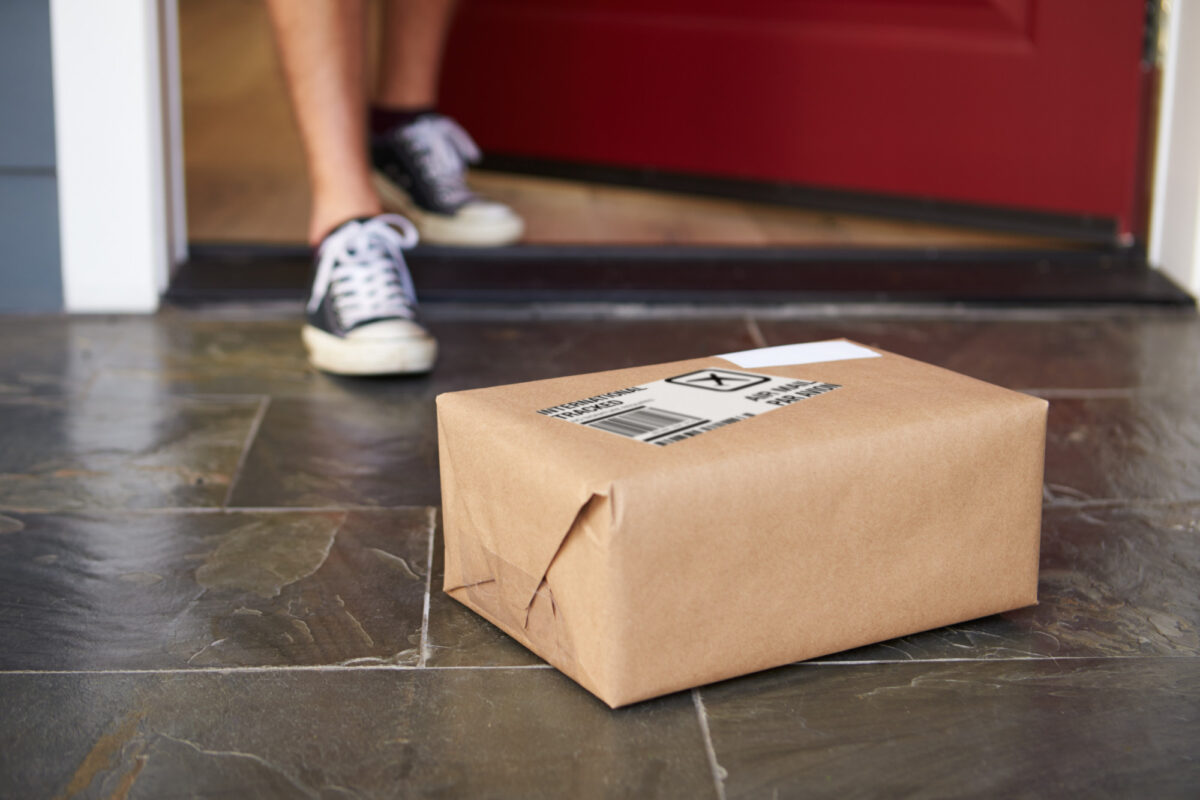
It has always been true that consumer habits veer towards convenience. It is the case regardless of industry. Car rental providers will come to your door to pick you up. Food delivery, which once consisted primarily of pizza and Chinese takeout, now has several dedicated apps that bring dishes from countless restaurants straight to your door. And of course, there’s Amazon, which fundamentally changed the way we buy just about everything.
In a reductive sense, apps and websites are what make consumerism an easy experience. But apps and websites are not becoming more pervasive simply because of what they are. Our growing reliance on these purchasing mechanisms comes from the characteristics that define them. Primarily, these characteristics include:
- Less waiting
- Less travelling
- Less interaction with others
- Recurring billing for continuously provided services or products

In 2019, these burgeoning principles were best exemplified by the growth in voice-command shopping. A great example is the option of ordering pizza with the Amazon Echo.
While ordering a pizza has never been particularly strenuous, the experience still managed to evolve. In a bygone era, you’d receive a flyer in the mail, then call a parlour to place your order. The internet made it so that you could view menus and specials online, and even place your order with the click of a few buttons.
Now, all that’s required to order pizza is vocalizing your desire to have it. Just say the words and a pizza shows up at your door. It’s hard to fathom a more convenient way to get a meal.
How Covid-19 accelerated the consumer shift

Many services that ticked the checklist of a simplistic experience have thrived during the Covid-19 outbreak. Third-party food delivery services like Uber Eats have never seen higher rates of usage, while grocery delivery apps have seen record downloads. Such services were ready-made to succeed in an environment in which so many people are unable or unwilling to physically visit a brick and mortar location.
But Covid-19 has also spurred companies that had not previously emphasized convenience so much to get in the game. Sticking with the food industry, it’s nearly impossible to count the number of traditionally sitdown restaurants and bars that have pivoted to delivery and takeout only.
For this latter group, remodelling their business around consumer convenience has been necessary for survival. Where government shutdowns haven’t completely eliminated in-person revenue, potential customers are largely demonstrating an attitude of bring it to me, or I’ll find someone else who will.
Conventional industries have jumped on the bandwagon

So far we’ve considered businesses that have always emphasized consumer convenience, as well as those, like traditional sitdown restaurants, which have adapted. But the impact of Covid-19 on consumer habits stretches beyond these categories.
Indeed, industries that have always been exclusively on-site and in-person, have not been immune. Some of the most prescient examples come from the health services industry. Psychotherapy, for example, is a profession traditionally practiced in an office. The same is true for physical therapy, medical checkups, dentistry and pharmaceuticals.
In these cases, the traditional provision of service, or in the case of pharmaceuticals, a good, has traditionally been on site. But these things have undergone a sizable shift. Doctor’s appointments are now done over Zoom calls. Therapy is a service rendered over the phone. Even medical products, from things people would buy at the drugstore to medications requiring a prescription, are more and more often being disseminated by companies like Amazon.
Of course, not all vendors, Amazon included, are permitted to sell medical products with certain ingredients, nor are they allowed to provide prescription medication. But other companies with these permissions are stepping in to provide that level of consumer convenience that’s more common in food delivery than the medical industry.
How the health industry is responding

“Being able to deliver these items and services directly to your door is especially important during the time of a global pandemic,” says Andy Donald, president of The Health Depot, an online pharmacy that offers at-home delivery of prescription drugs. “Being able to obtain these services and order these items from the comfort of your home, without having to visit a busy pharmacy, is not only a convenience, but also keeps everyone safer.”
Increasing access to pharmaceuticals is a logical progression during a pandemic, but consumers have historically been reluctant to trust third-party service providers. Prescriptions have traditionally been handled between a doctor, a pharmacist and the patient.
As Donald points out, there’s a good reason for this mistrust. “We have probably all received the emails in the past – an online “pharmacy” selling cheap erectile dysfunction or cholesterol lowering drugs. These counterfeit agencies have given many people the impression that online pharmacies are not a legitimate way to obtain proper health care.”
But Covid-19 has made patients more willing to try online pharmacies out of necessity. And for those that have avoided those counterfeit agencies, they’ve largely found the convenience more common in food delivery to be a welcomed component of the process. Once a consumer gets past the oddity of receiving prescription drugs in a different way – the same way they have to get by the novelty of Zoom call doctor appointments – it’s not difficult to recognize the superior convenience.
Too late to go back?

Food delivery services like Uber Eats, and big online retailers like Amazon, were thriving before Covid-19. The convenience they provide matches well with collective consumer desire, scoring highly for the overall experience they provide. As Covid-19 has necessitated that other businesses and industries emulate this low-interaction, low-engagement model, it has created newfound expectations that are not likely to dissipate, no matter what the future holds.
Are people who now have their prescription drugs mailed to their front door with the click of a button likely to go back to the old way of calling their doctor who calls their pharmacists who calls the patient to tell them their prescription is ready? In most cases, probably not. Covid-19 has forced organizations across nearly every industry to placate the strictest consumer demands, and once consumers become used to this level of service, they are unlikely to accept a return to a less practical rendering of services.
So while the long-term impact of Covid-19 on different industries and individual businesses may take time to understand, the change the pandemic has had on consumer behaviour is already becoming clear.
















